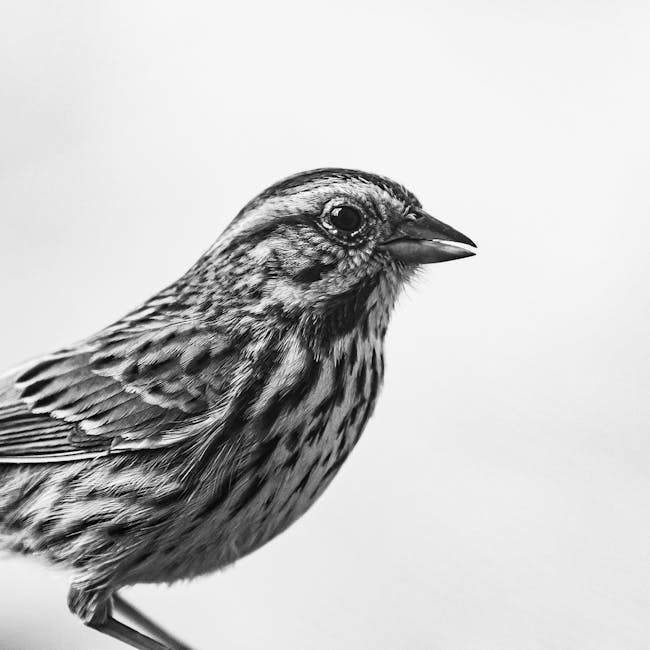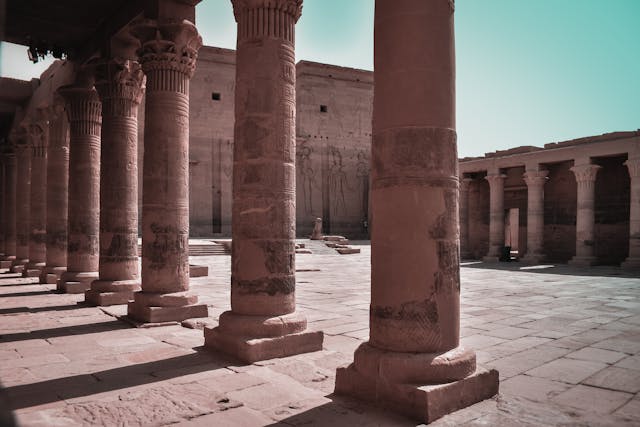
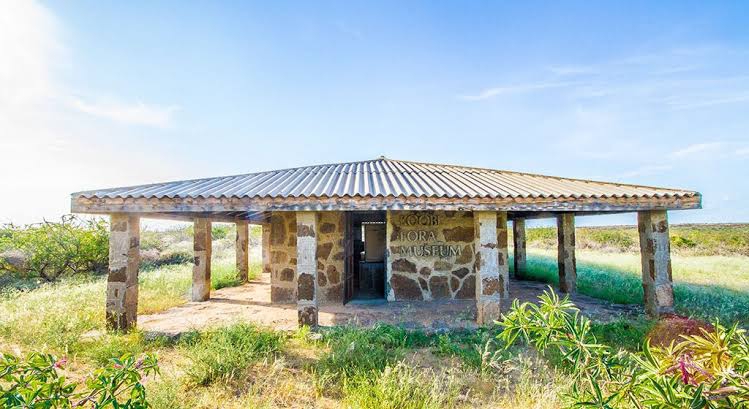
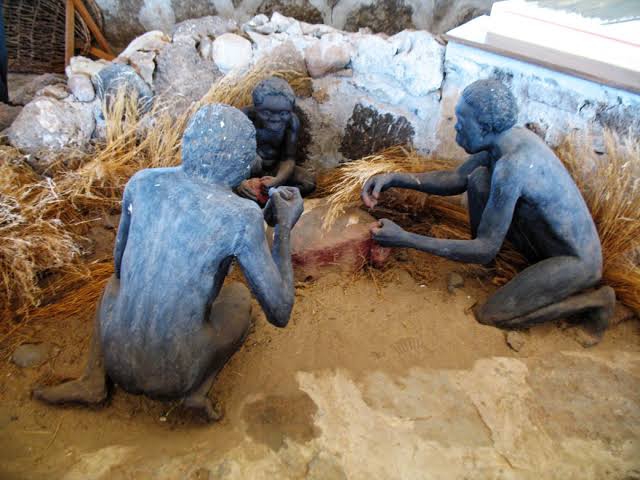
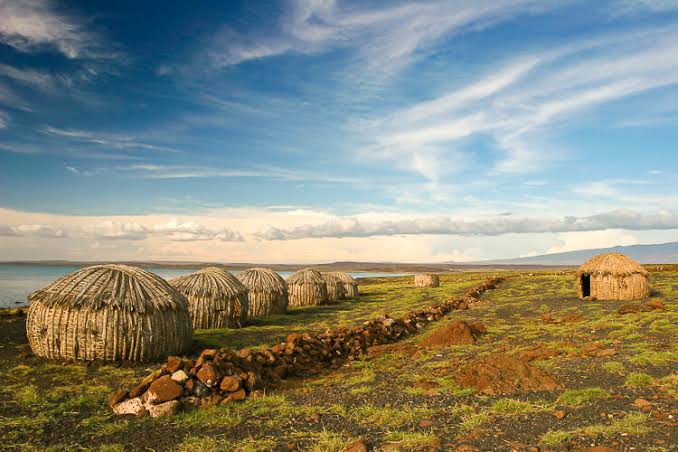
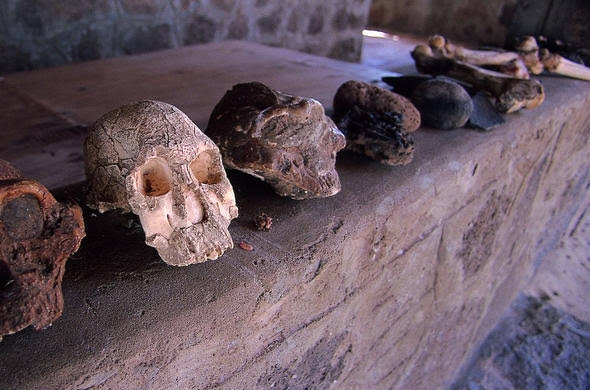
Koobi Fora Museum – The Heart of Early Human Discovery
History African@africanhistory
4 days ago
Located within Sibiloi National Park on the eastern shores of Lake Turkana, the Koobi Fora Museum is a place where visitors can step back into the distant past and witness humanity's early beginnings. This museum is a key point of interest for anyone fascinated by paleoanthropology, as it sits within the rich archaeological region of Koobi Fora Ridge, renowned for its wealth of fossils that date back more than 2 million years.
Why Koobi Fora Matters
Koobi Fora is one of the most important fossil sites globally. The region has yielded some of the oldest and most complete hominin fossils, offering invaluable insights into the evolution of early humans. Among the significant discoveries here are:
KNM-ER 1470: The well-preserved skull of Homo habilis, offering a detailed look into the early stages of human cranial development.
KNM-ER 992: A Homo ergaster lower jaw, providing vital evidence for the evolutionary shift from earlier hominins to more modern human ancestors.
KNM-ER 2598: A fragmentary skull of Homo erectus, shedding light on the physical and behavioral traits of early humans.
These findings have played a critical role in reconstructing the timeline of human evolution, with many of the fossils housed in the museum, as well as in international research collections.
What to Expect at the Museum
The Koobi Fora Museum offers a fascinating exploration into both prehistoric life and the ancient environment of the Turkana Basin. Some of the highlights of your visit include:
Fossil Displays: View detailed replicas of the most significant fossils discovered in the area. These displays showcase early human forms and their anatomical features.
Stone Tools: The museum presents a collection of Acheulean and Oldowan tools, demonstrating the technological advancements of early humans.
Environmental Exhibits: Learn about the ancient landscapes of the Turkana Basin and the ecosystems that shaped early human life.
Cultural Exhibits: Explore displays that showcase the contemporary cultures of the region, such as the Gabbra people, adding a modern cultural dimension to the prehistoric narrative.
The museum’s location provides breathtaking views of Lake Turkana and the surrounding arid landscape, making it a perfect spot for both learning and reflection.
Practical Tips for Visitors
Access: To reach the Koobi Fora Museum, you’ll need a 4x4 vehicle. It’s located about 100 km from Loiyangalani, and the drive requires careful navigation through remote terrain.
When to Visit: The dry season (from June to October) is the best time to explore this area. The weather is more stable, and the landscape is easier to traverse.
What to Bring: Ensure you pack essentials like water, food, sunscreen, and comfortable walking shoes. The area is quite remote, and basic amenities are limited.
Local Guides: Consider hiring a local guide. They can provide insights into the geological and archaeological importance of the area, enhancing your visit with fascinating stories and facts.
Cultural and Scientific Value
Not just a museum, Koobi Fora is a hub for ongoing research. The Koobi Fora Research Project (KFRP) continues to unearth important fossil finds that enrich our understanding of early humans. The museum also supports Koobi Fora Field School, an educational program that trains future paleoanthropologists through hands-on fieldwork.
Whether you're a science enthusiast or just curious about the origins of humankind, the Koobi Fora Museum offers a rare opportunity to explore one of the most significant archaeological sites on the planet.
#KoobiForaMuseum #LakeTurkana #Paleoanthropology #HumanEvolution #SibiloiNationalPark #KoobiForaRidge #AncientFossils #KenyaHeritage #Archaeology #HomininFossils #KenyaTravel #KoobiForaResearch
Photo Credit: Lanka

